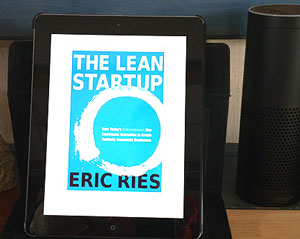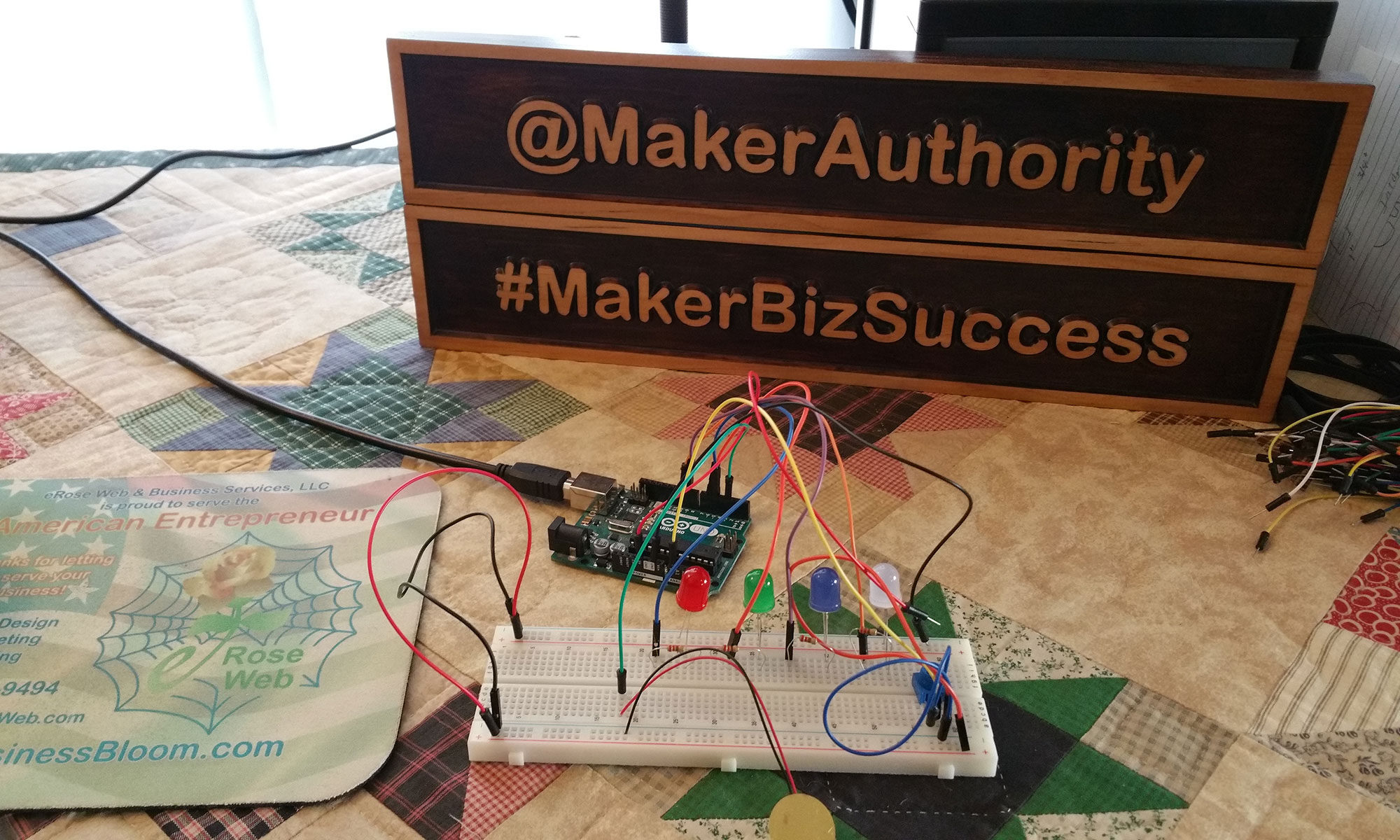If you have got more money than you know what to do with then this article is not for you. If, however you are like most of the Maker and Inventor universe and your budget is tight or very minimal I want to share some good info from a book I read recently.
 The good news is that The Lean Startup (@leanstartup) by Eric Ries (@ericries) explains that the path to success in the age of advanced technology is not about sinking large amounts of money into a new product in order to create economies of scale. The opposite is true, at least early on when the proof of concept is a primary component.
The good news is that The Lean Startup (@leanstartup) by Eric Ries (@ericries) explains that the path to success in the age of advanced technology is not about sinking large amounts of money into a new product in order to create economies of scale. The opposite is true, at least early on when the proof of concept is a primary component.
“The goal of a startup is to figure out the right thing to build-the thing customers want and will pay for-as quickly as possible”
The author discusses the process of creating a Minimum Viable Product to test out the market, in other words don’t get caught up in making the product perfect before finding out if anyone will want that product.
“Most products and parts made out of plastic today are mass produced using a technique called injection molding. This process is extremely expensive and time-consuming to set up, but once it is up and running, it can reproduce hundreds of thousands of identical items at an extremely low cost. … However, new technologies are allowing entrepreneurs to build small batches of products that are of the same quality as products made with injection molding, but at a much lower cost and much, much faster. …The ability to learn faster from customers is the essential competitive advantage that startups must possess.”
The minimum viable product will test the value proposition to make sure you are on the right track without investing a ton of money on a product that is technically perfect but that very few people want.
“Start with Minimum Viable Product to test market demand and value proposition on early adopters until features and demand have been adjusted to find profitable version.”
“Release full high quality version of product to mainstream customers whose requirements are much more demanding than the early adopters targeted initially for the MVP trials.”
At every step of the process you should be testing your assumptions on the value provided by your product with specific measurement and analysis that is not subjective. The book goes into details and processes to help you set up a system to achieve success with a ‘Build-Measure-Learn’ feedback process where you use small batch sizes for ‘validated learning’
“Validated learning is not after-the-fact rationalization or a good story to hide failure.” … “it is a rigorous method for demonstrating progress when one is embedded in the soil of extreme uncertainty in which startups grow. Validated learning is the process of demonstrating empirically that a team has discovered valuable truths about a startup’s present and future business prospects.”
This Build-Measure-Learn process is typically a system where you set it up the opposite of the order you might think. First determine what you want to learn, and how success can be measured accurately, then build the test or product as a small batch to minimize any wasted time and money.
“…are we making sufficient progress to believe that our original strategic hypothesis is correct, or do we need to make a major change?”
“Companies that cannot bring themselves to pivot to a new direction on the basis of feedback from the marketplace can get stuck in the land of the living dead, neither growing enough nor dying, consuming resources and commitment from employees and other stakeholders but not moving ahead.”
Many strategies for making a Pivot are provided, the key is to make sure you test the major value propositions and features with the intended target audience to improve your chances of success and minimize the risks inherent in the process of being a Maker.
I know that it is often difficult to set aside our feelings that what we have created should be seen by everyone as valuable. Wouldn’t that be great if when we do create a better product, everyone would ‘get it’ right away and know that it would make their life easier, etc. Unfortunately, that is not reality. The Lean Startup gives Makers a way to use science to improve our products and determine just who can benefit from them today!
We would love to hear about how you apply these techniques to measure the results of the products you make and if you had to make a major pivot or just some fine tuning to find the market that really gets the value proposition of your new or reinvented product.

